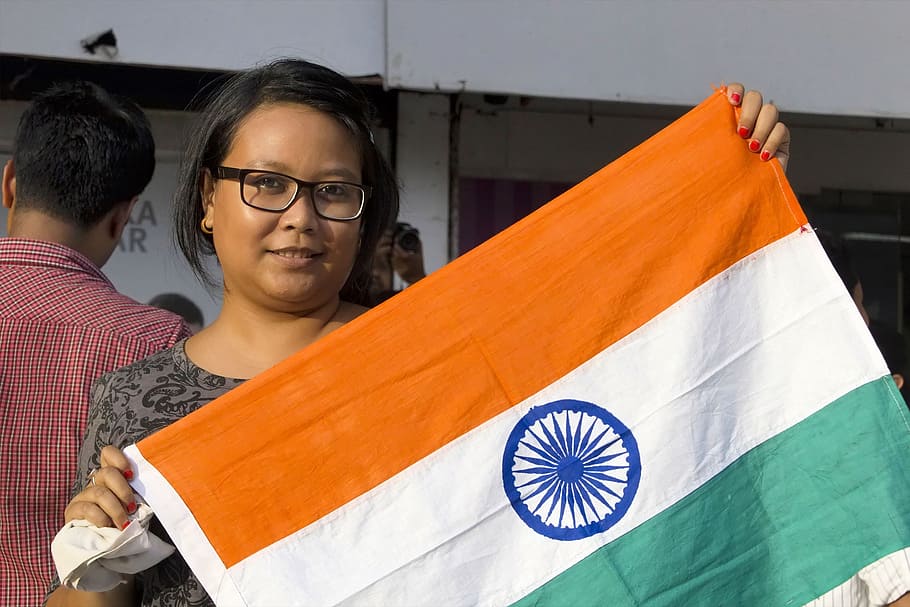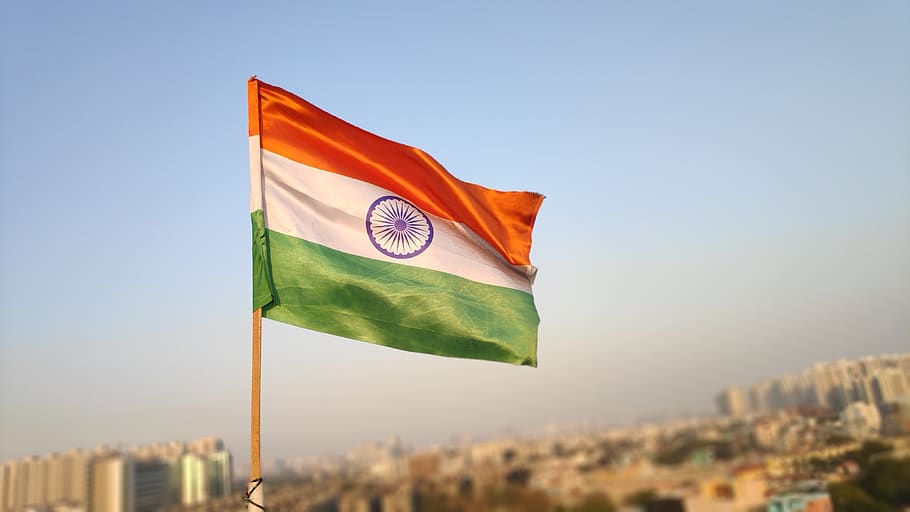“Long years ago, we made a tryst with destiny and now that time comes when we shall redeem our pledge …at the stroke of today’s midnight hour, when the world sleeps, India will awake to life and freedom.“ -Jawaharlal Nehru

India got freedom on 15th August 1947 from the clutches of the oppressing British control after approximately 200 years of slavery. India, the largest democratic republic in the world, celebrates its Independence Day as a national public holiday across all the states of the nation. As the entire nation prepares to celebrate the 75th Independence Day, this day has some highly interesting historical facts that are both fun and essential to know.
Power in Numbers
- India has the largest democracy in the world: India has a population of more than 1.33 billion which is far more than the entire Western Hemisphere of Earth. There are more smartphones in India than there are toilets. Our opinions and views matter!!
Nebulous events
- Although the Indian Independence Act was approved on 18 July 1947, Lord Mountbatten chose 15th August as the date of Indian independence as it coincided with the date of Japan’s surrendering to the Allied Forces after World War II.
- At the time of independence, there was no president or prime minister heading the country. Independent India lacked in having a structured government. The political framework developed much later when India became a republic.
- At the time of independence, Indian did not have an official national anthem.
Musical Us
- Songs that stirred patriotic sentiments possibly began with the arrival of Vande Mataram in 1882. Vande Mataram was earlier the only song with National status and was later adopted as the National Song of India.
- ‘Vande Mataram’ composed by Bankim Chandra Chatterjee was originally a part of his novel Anandamath written in the 1880s. This song was first sung by Rabindranath Tagore in 1896. Vande Mataram was adopted as the national song on 24 January 1950.
- The National Anthem was written by poet and playwright, Rabindranath Tagore. It was originally composed in Bengali – Bharoto Bhagyo Bidhata. The complete song consists of 5 stanzas in Sanskritized Bengali that reflects India’s culture, values and independence struggle.
- However, the claim that it was written in honour of the British Monarch, King George V whose coronation ceremony as Emperor of India took place the very next day it was composed, was rejected by Tagore himself in a letter written on November 10, 1937.
- Netaji Subhas Chandra Bose termed the National Anthem as ‘Jana Gana Mana’ during the meeting of the German-Indian Society on September 11, 1942. It was first used in the film Hamrahi (1945 ), before officially becoming the national anthem of India in 1950.
- The complete National Anthem must be sung within 52 seconds by law while its shorter version (consisting of first and last lines) can be sung within 20 seconds.
Fluttering Insignia


- The Indian national flag with 3 horizontal stripes of red, yellow and green was hoisted on 7th August 1906 at Parsee Bagan Square, Kolkata. The current flag with saffron, white and green stripes with the 24-spoke Ashok Chakra was officially adopted on 22nd July 1947 and hoisted on 15th August 1947.
- Mumbai based educationist and political dissident Hansa Mehta introduced the new Indian national flag to the nation on account of the women of the country. Dr Rajendra Prasad, the first President of India, acknowledged the flag.
- The Indian flag is manufactured and supplied from only one place in the country – The Karnataka Khadi Gramodyoga Samyukta Sangha (KKGSS), located in Dharwad, Karnataka. It is the only place that has the authority to manufacture and supply the Indian flag.
- The first public hoisting of the Indian flag occurred in the early evening at Princess Park close to India Gate. Over half a million individuals had accumulated there to watch the service.
- When the tri-colour was raised, there was a shower of rain, and a rainbow showed up clearly in the sky. The records say, “They took a gander at three unmistakable shades of the rainbow and exclaimed `heavenly flag’.
Quirks and Imbalances

- Jawaharlal Nehru was not elected as the first Prime Minister of India: Sardar Vallabhbhai Patel had won the elections for the Prime Minister’s post. But with the support of Mahatma Gandhi, Pandit Nehru managed to take the command and was elected the first PM.
- The Indian Rupee was equal to a dollar at the time of Independence.

